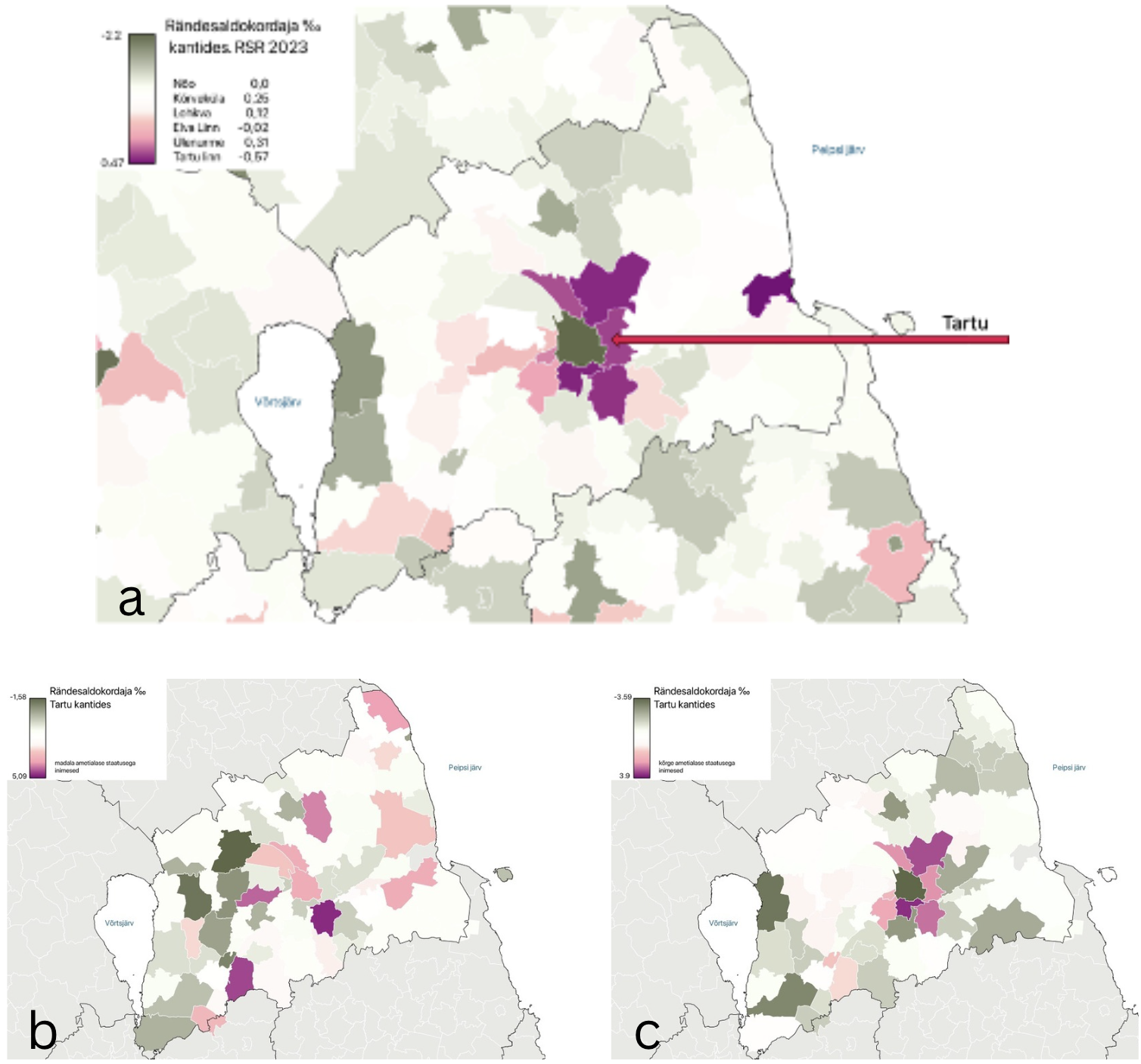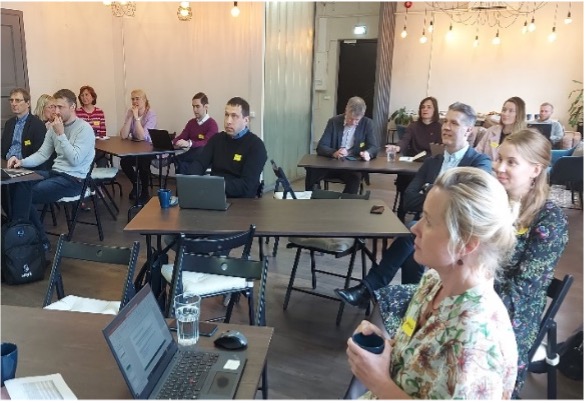Enhancing governance at times of the polycrises in the context of new multilocal living arrangements
16 September 2024

New multilocal living arrangements
Research addressing the unfolding period of polycrises reveals the need to re-evaluate the simplistic and binary understanding of regional population dynamics. Climate change and related green transition, pandemic and acceleration of digital transition, lack of affordable housing especially in cities, the arrival of Ukrainian refugees to Europe in unprecedented numbers― all these trends reshape the patterns of residential mobility of households, whereas the multilocal ways of living have become widespread with urban and rural settings becoming more intertwined than before.
For instance urban families that have often bought second homes in remote areas (e.g., in response to evolving crises such as pandemic and deadly heat waves in cities), as more affordable housing options can be found outside cities. Due to remote working opportunities, residential preferences are not limited by job location any longer. Leaving of lower-income families to suburbs and beyond is one of the factors that contributes to so called ‘multilocal life’ where homes and other important daily activities take place in different municipalities, being in a direct opposition with the aims of other spatial planning approaches such as 15-Minute City that looks to reduce longer-distance commutes.
The new patterns of living call for
- More thorough understanding on how do these new spatial patterns and multilocal living arrangements evolve including their multifaceted consequences;
- Development of new tools and improving data management to increase the capacity of local and regional governments to create strategies and plans for the future in order to foster well-being and social cohesion across local communities involving existing as well as new resident groups;
- New integrated policy responses to respond to the new population dynamics.
The mission of the MULTILOCAL Lab is to directly contribute to these objectives by enhancing its capacity of governments to respond promptly to today’s and future crises. The specific focus of the MULTILOCAL Lab is on understanding the new living patterns and arrangements, and by pooling together academic and stakeholders knowledge, find the best suitable policy responses to meet the needs created by these new trends. Secondly, within a co-creation framework, an innovative digital tool for building local population projection scenarios in order to be better plan for the future need for integrated services that would make use of the most up-to-date data sources will be developed.
New residential patterns in Tartu urban region
The MULTILOCAL Lab case study area is the urban region of Tartu, the second largest urban region in Estonia, including its core city and more distant rural areas (162 thousand inhabitants with nearly 100 thousand of them living in the core city of Tartu). As shown in the Figure 1a below, in recent years (2021-2023) suburban as well as some more distant municipalities have gained population through residential mobility in the region – settling to neighbouring municipalities of Tartu (i.e suburbanization) being the most widespread trend. Preference for suburban and rural living also diverge based on the socio-economic background of households (Figure 1b-1c). While high socio-economic status groups are attracted to the locations nearby the core city of Tartu, the preferences of groups with a lower social housing status are much more evenly distributed over the entire city region. City of Tartu has lost population through residential mobility.

Having a second home is rather a common phenomenon among the residents of Estonia. For example, about 5,000 people who live in Tartu city have their second home somewhere in Tartu county – meaning often a frequent commuting for those households involved and their need for services in both locations. Similar same size group has their first home outside Tartu urban region and second home in Tartu region. Multilocal lifestyle also involves frequent commuting to work from one municipality to another (although due to the digital opportunities commuting every day may not be required) – while in nearby municipalities 40-60 percent of people work in Tartu the in more distant rural municipalities of Tartu urban region in average 1/3 of people have their workplace related to Tartu.

Identifying challenges created by the new residential dynamics
A stakeholder workshop organised by MULTILOCAL Lab on May 7 this year helped to identify the main challenges on the locations involved as related to the research outputs. The academics together with the representatives of local and national governments, and Foresight Centre in Estonia, mapped the different areas of challenges by applying the STEEP-analysis approach – the challenges on social, technological, economic, environmental, and policy developments were identified:
- Social: social inclusion & integration; value systems and potential conflicts based on the different views on the local neighbourhood developments; feeling of security; aging.
- Technological: demand for sustainable transport and mobility; technical infrastructure; need for fast internet connections.
- Economic: infrastructure needed to develop new industries; demand for new residential buildings and infrastructure, including rental apartments.
- Environmental: reuse of buildings and existing infrastructure; pollution, recycling systems, green infrastructure; environmental values.
- Political: challenges on planning; higher pressure on budget; reorganization of public transport system; innovations in transport – demand-based transport and shared transport; provision of childcare and schools; preparing for possible future crises.
The assessment of the potential impact of these challenges, together with the identification of the appropriate policy responses to those challenges will be the next steps of the project. Additionally, a digital tool for designing population development scenarios will be designed. It will help to provide the most up-to-date information needed to plan the policy actions (for instance it will help to get overview of the local tax base developments for the future by taking account the population dynamics across local governments; also it helps to play out different development scenarios which may occur under different circumstances and policy choices).
---
Prepared by: Anneli Kährik, Tiit Tammaru, Karin Torpan, Kristi Post and Janno Järve | University of Tartu and CENTAR Center for Applied Research in Estonia
Login to add a new comment